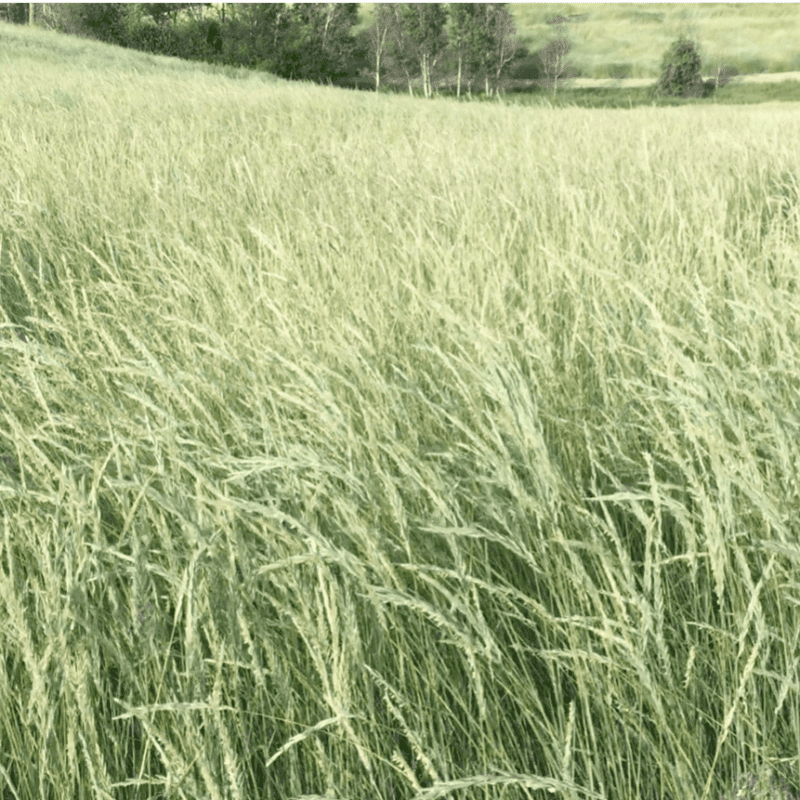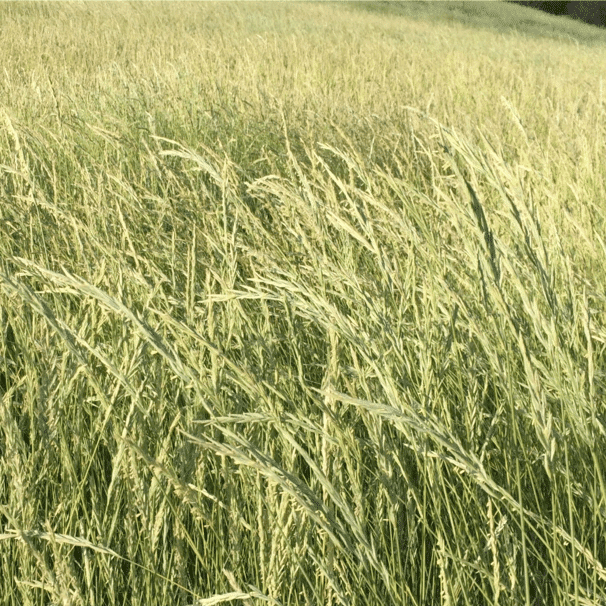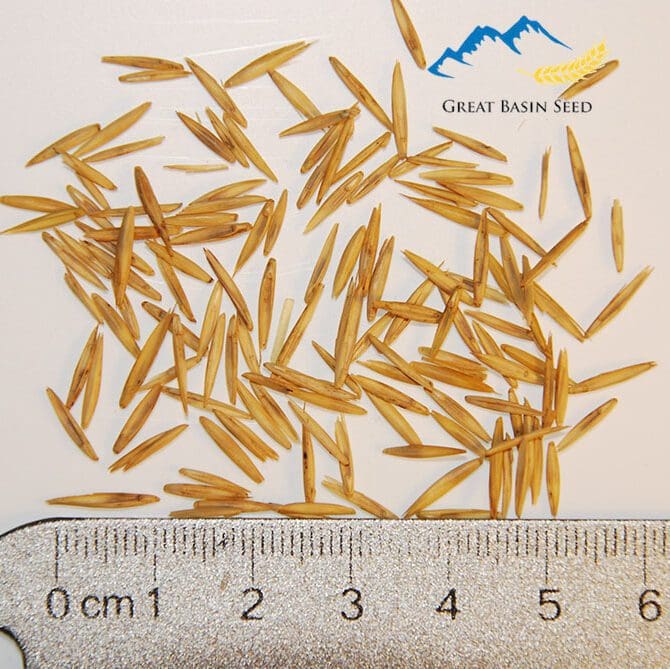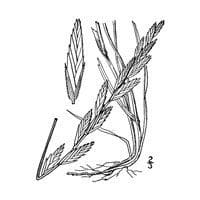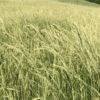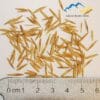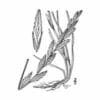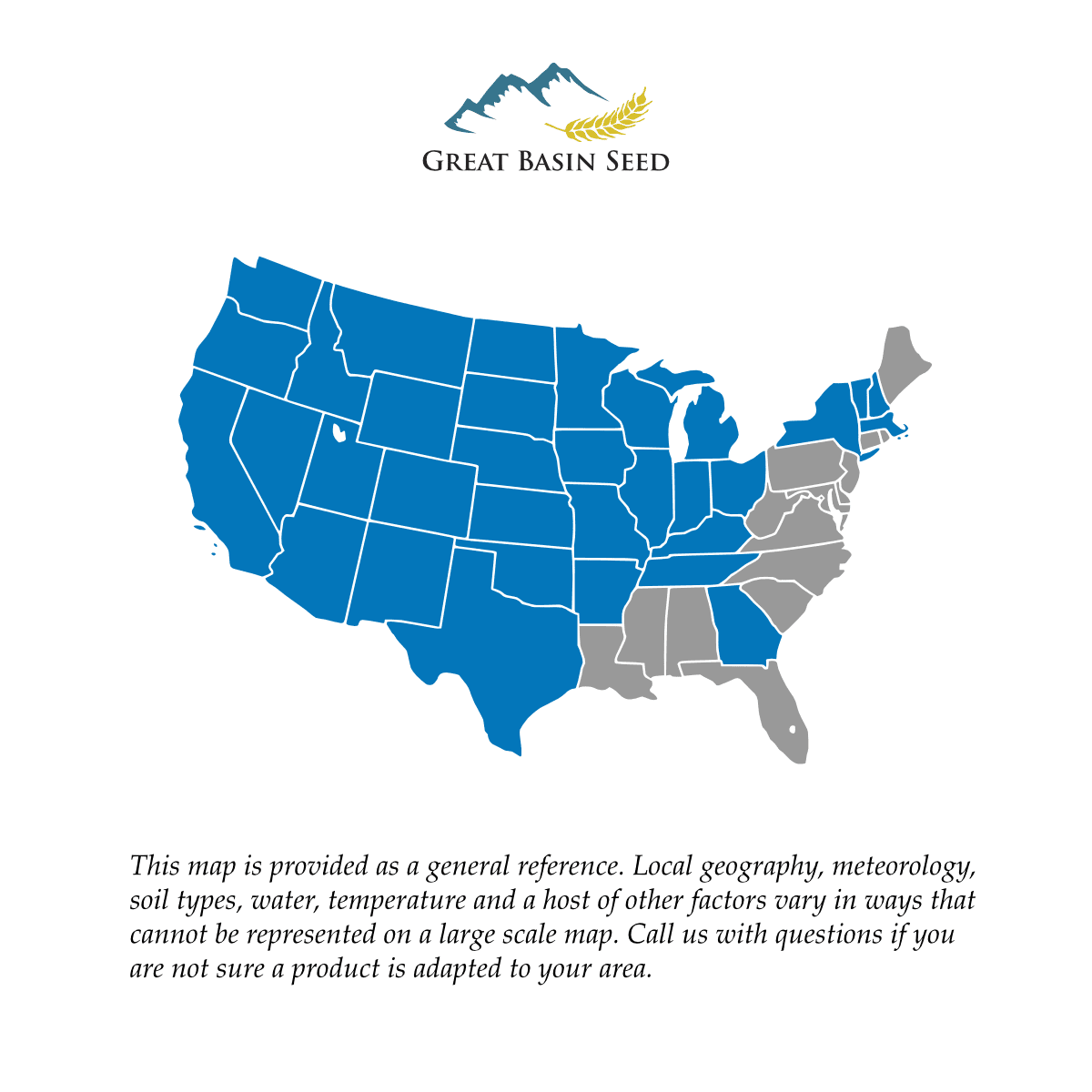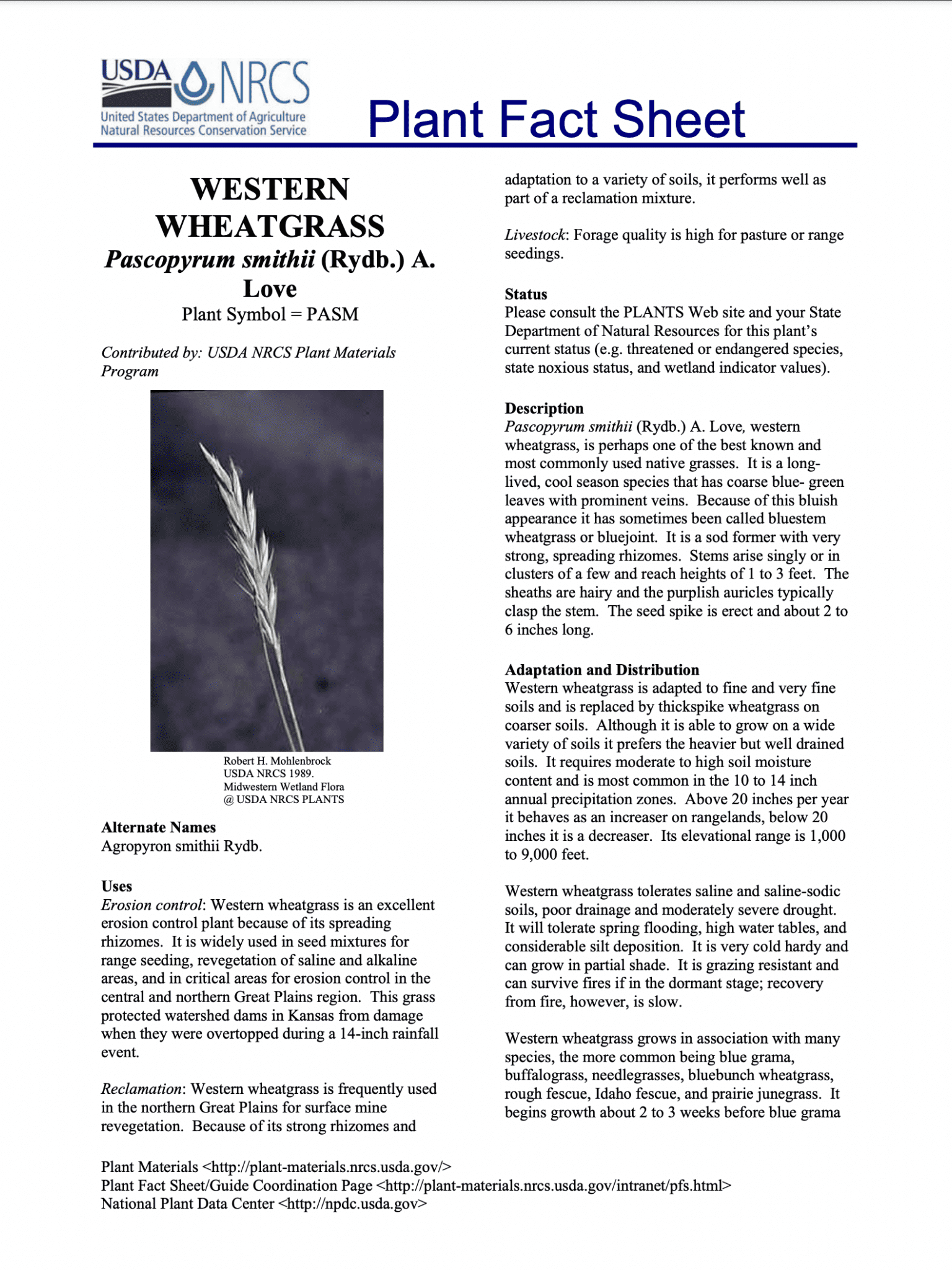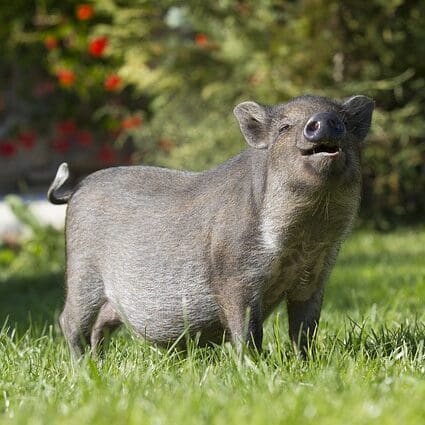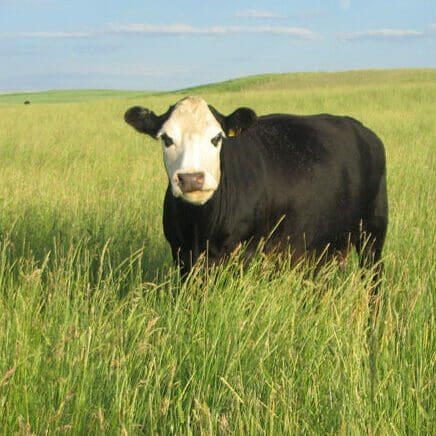Western Wheatgrass
- Scientific Name: Pascopyrum smithii
- Well known and commonly used native grass
- Excellent for erosion control
- spreading rhizomes
- Very hardy and long lived
Min. to Max. Annual Precipitation
36in.
Average Max. Height
Western Wheatgrass is a moderately palatable native range grass throughout the west. Used for hay, pasture, and erosion control. It is a long lived cool season species with coarse blue-green leaves with prominent veins. Widely used in mixtures for range seeding and revegetation of saline and alkaline areas. Forage quality is high for pasture or range seedings.
Western Wheatgrass (Pascopyrum smithii) is an important native range grass throughout the West. Used for hay, pasture, erosion control. Moderately palatable. One of the best known and most commonly used native grasses. A long lived, cool season species with coarse blue-green leaves with prominent veins. A bluish appearance it has sometimes been called “Bluestem Wheatgrass” or “Bluejoint”. It is a sod former with very strong, spreading rhizomes. Stems arise singly or in clusters of a few and reach heights of 1 to 3 feet.
Uses:
Western wheatgrass is an excellent erosion control plant because of its spreading rhizomes. Widely used in seed mixtures for range seeding, revegetation of saline and alkaline areas, and critical areas for erosion control in the central and northern Great Plains region. Frequently used in the northern Great Plains for surface mine revegetation. Because of its strong rhizomes and adaptation to a variety of soils, it performs well as part of a reclamation mixture. Forage quality is high for pasture or range seedings.
Adaptation:
Western wheatgrass is adapted to fine and very fine soils and is replaced by thickspike wheatgrass on coarser soils. Although it is able to grow on a wide variety of soils it prefers the heavier but well drained soils. It requires moderate to high soil moisture content and is most common in the 10 to 14 inch annual precipitation zones. Above 20 inches per year it behaves as an increaser on rangelands, below 20 inches it is a decreaser. Its elevational range is 1,000 to 9,000 feet. Western wheatgrass tolerates saline and saline-sodic soils, poor drainage and moderately severe drought. It will tolerate spring flooding, high water tables, and considerable silt deposition. It is very cold hardy and can grow in partial shade. Grazing resistant and can survive fires if in the dormant stage. Recovery from fire is slow.
Western wheatgrass grows in association with many species, the more common being Blue Grama, Buffalograss, Needlegrasses, Bluebunch Wheatgrass, rough fescue, Idaho Fescue, and Prairie Junegrass. It begins growth about 2 to 3 weeks before blue grama and does not mature until much later in the growing season.
Western wheatgrass performs poorly in the East and is not recommended for any use in the region. It is distributed throughout the west and midwest portions of the United States.
Establishment:
Seed western wheatgrass in early spring, late fall or in the period of late summer, early fall. Seedling vigor is fair and stands may be slow to establish. Spreads more slowly and may take several years to become firmly established, but it has stronger rooting than thickspike wheatgrass. Once established, it is very hardy and enduring. It is moderately compatible with other species and is moderately aggressive.
Western wheatgrass greens up in March or early April and matures in August. If moisture is adequate, it will make fair summer or fall regrowth. It will compete with warm season grasses if nitrogen is applied.
Western wheatgrass is moderately palatable to elk and cattle all year. Feed quality diminishes in late summer. It is palatable to deer only in spring and is referred by cattle more than sheep. Can be grazed if 50 to 60 percent of the annual growth is allowed to remain (3 or 4 inch stubble). Rest rotation of western wheatgrass is advised. In dense stands it makes excellent hay and pasture. Irrigation will improve western wheatgrass stands and aid establishment. Weed control and fertilization will help. Pitting, chiseling, disking, and interseeding will stimulate stands of western wheatgrass. Pests and Potential Problems The primary pests to western wheatgrass are grasshoppers, ergot, and stem and leaf rusts.
Western Wheatgrass Cultivars:
“Arriba“: released for dry land hay production, grazing, and conservation seedings in the western part of the Central Plains and in the southwestern United States.
“Barton” is a strongly rhizomatous, leafy ecotype, intermediate in growth between northern and southern types.
“Rosana” is a northern type western wheatgrass. Plants are blue-green, leafy, with moderately fine stems. Rhizomes produce a tight sod. Recommended for reseeding depleted range lands and the reclamation of disturbed lands in the Northern Great Plains.
This product has a minimum order quantity of 3 pounds. Previously known as Agropyron smithii.
***Click on the “Quick Plant Facts” tab above for more information.
Western Wheatgrass NRCS Plant Fact Sheet
Western Wheatgrass NRCS Plant Fact Sheet
PDF version of NRCS Plant Guide & Fact Sheet
Prepared By & Species Coordinator:
USDA NRCS Plant Materials Program
Helpful Links
Additional information about this product can be found on the academic websites linked below.
Synonyms
Many plants have more than one common and scientific name. We've listed a few of them below.
- Western Wheatgrass
-
Pascopyrum smithii
Who is Great Basin Seed?
Great Basin Seed is a seed company that specializes in seed sales and consultation for home, ranch, farm, range and reclamation. We have been a leader in the seed industry since 1974.
Our History
We've been in the seed business since 1974.
What We Offer
We offer seed for home, farm, ranch, range and reclamation projects.
Meet the Gang
We have the best employees in the world! We are proud of the work they do, and trust them to serve you!
Right: Company founder Lloyd and his wife Paula Stevens in a wildflower seed production field circa 1977
Quick Plant Facts
| Common Name: | Western Wheatgrass |
|---|---|
| Scientific Name: | |
| Old Scientific Name: | |
| Plant Type: | |
| Origin: | |
| Lifespan: | |
| Sowing Rate | 8-16 PLS lbs. per Acre |
| Seed Count | 110000 |
| Root Form | Sod, Rhizominous |
| Min. Precipitation | 10 Inches Minimum |
| Growth Height: | |
| Max Sowing Depth: | |
| Best Time to Sow: | |
| Growth Season: | |
| Sun & Shade Tolerance: | Full sun, tolerates shade |
| Elevation of Occurance: | |
| pH Tolerance: | |
| Hardiness Zones: |
